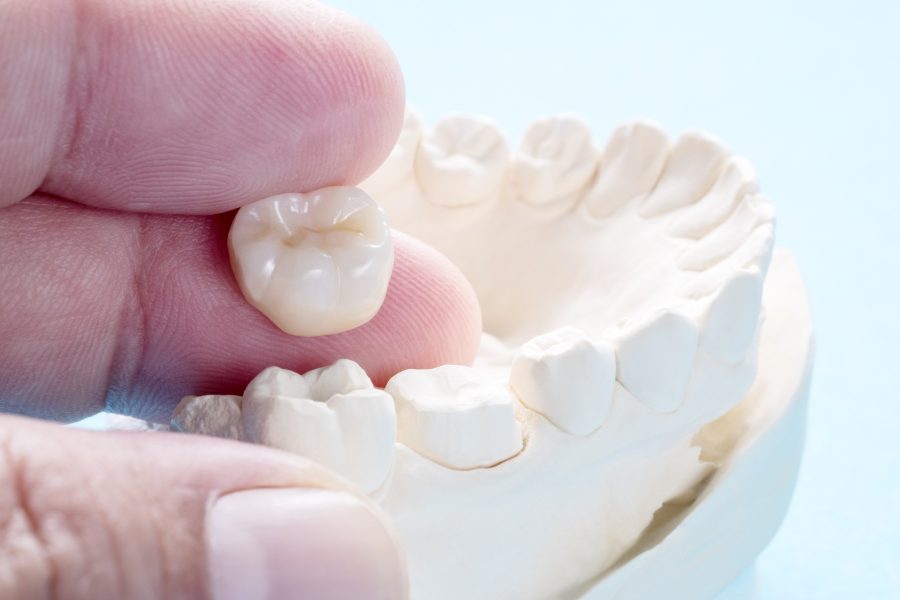Mastering Precision: The Essential Components of Consistent Crown and Bridge Restorations
Precision and consistency are the key elements in any dental restorative procedure, especially in crown and bridge restorations. Without a doubt, perfecting these aspects thanks to the continuous advancement of technology, materials, and techniques that enhance accuracy and ensure reproducibility, will make these treatments more successful.
By taking a deep dive into these essential components, dentists and prosthodontists can guarantee not only high-patient satisfaction, but also fortitude of their professional practice.

The Pillars of Precision: Dental Impressions and Provisionalization
Undeniably, a precise impression workflow is the foundation of any successful indirect restoration project. Whether it’s crowns, bridges, or implants, an accurate impression is crucial in creating a precise replica of the patient’s mouth.
It starts with a highly meticulous tray selection, followed by careful preparation design, effective tissue management, and material selection. The implementation of digital scanners has also shown significant improvements in impression accuracy. It entirely eliminates the messiness and discomfort of conventional impression materials, while still providing excellent details and precision.
Embracing Digital Impression
Digital impression technology is now changing the way we do dentistry. By using a high-speed camera and cutting-edge software, dentists can capture and create a highly accurate digital model of the teeth. The use of digital impressions has not only improved the efficiency of the process, but it’s also made it more predictable and precise.
Meanwhile, provisionalization plays an essential role in maintaining dental form and function, and offers a trial phase for the definitive restoration. A well-made provisional restoration provides an excellent gingival contour, functional and esthetic satisfaction, and prevents sensitivity, ensuring overall successful treatment.
Precision in Fabrication: The Importance of Lab Communication
Once a precise dental impression is obtained, providing an accurate and detailed prescription to the dental laboratory is the next crucial step. This prescription serves as a guideline to fabricate the crowns and bridges, matching the preferred shade, contour, and occlusion set by the dentist.
Consistent Delivery: Fine-tuning the Fit and Adjusting the Occlusion
The final step in crown and bridge restorations is the delivery, where precision and consistency play equally relevant roles. Cementation should be executed meticulously, verifying the fit and adjusting the occlusion before the final placement to avoid any postoperative discomfort.
Moreover, offering patients instructions on aftercare and maintenance is also integral, to enjoy the benefits of their new restorations for the longest possible duration.
Precision and Consistency Go Hand in Hand
Indeed, precision is a critical element in modern dentistry. Its mastery ensures a significant improvement in the quality of dental restorations, increasing the success rate and patient satisfaction immensely.
However, precision without consistency cannot ensure successful outcomes. To provide the best possible dental services, dentists need to ensure that meticulously followed protocols accompany their precise techniques for each crown and bridge restorations.
As the adage goes, “Consistency breeds success.” So, in your practice, continue honing your skills, embrace technology, and maintain the highest standards of precision and consistency to deliver smiles that last a lifetime.



Leave a Reply
Want to join the discussion?Feel free to contribute!